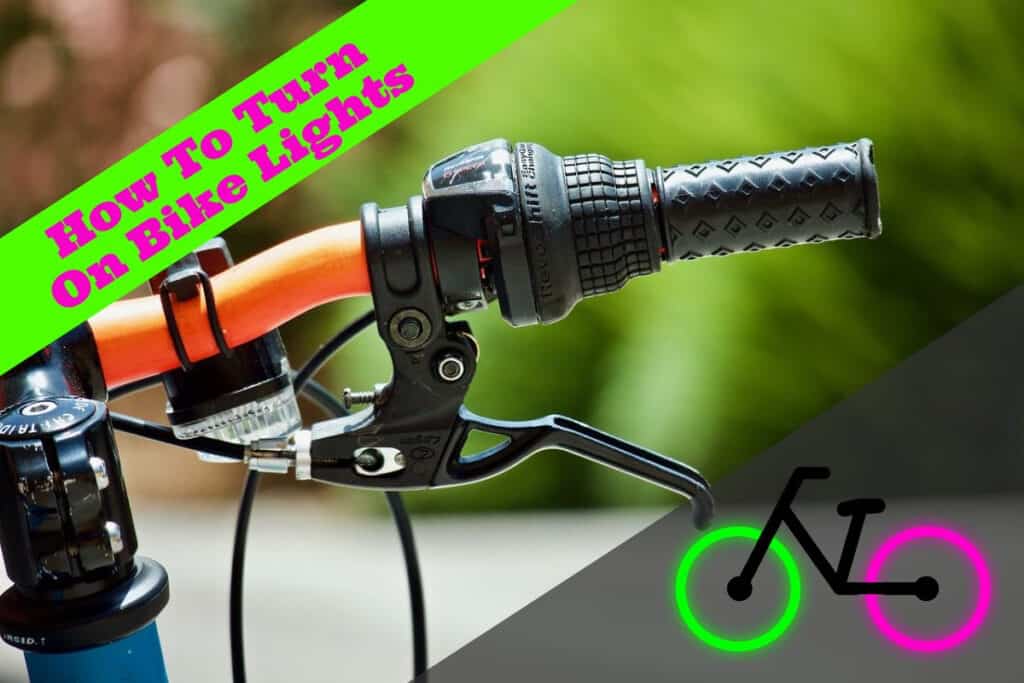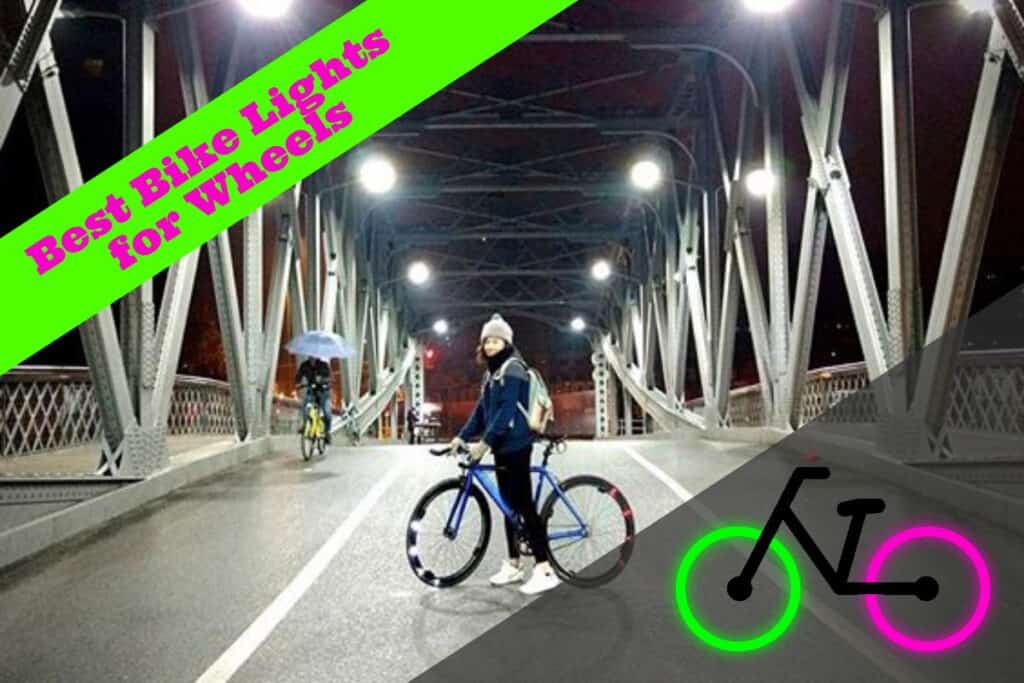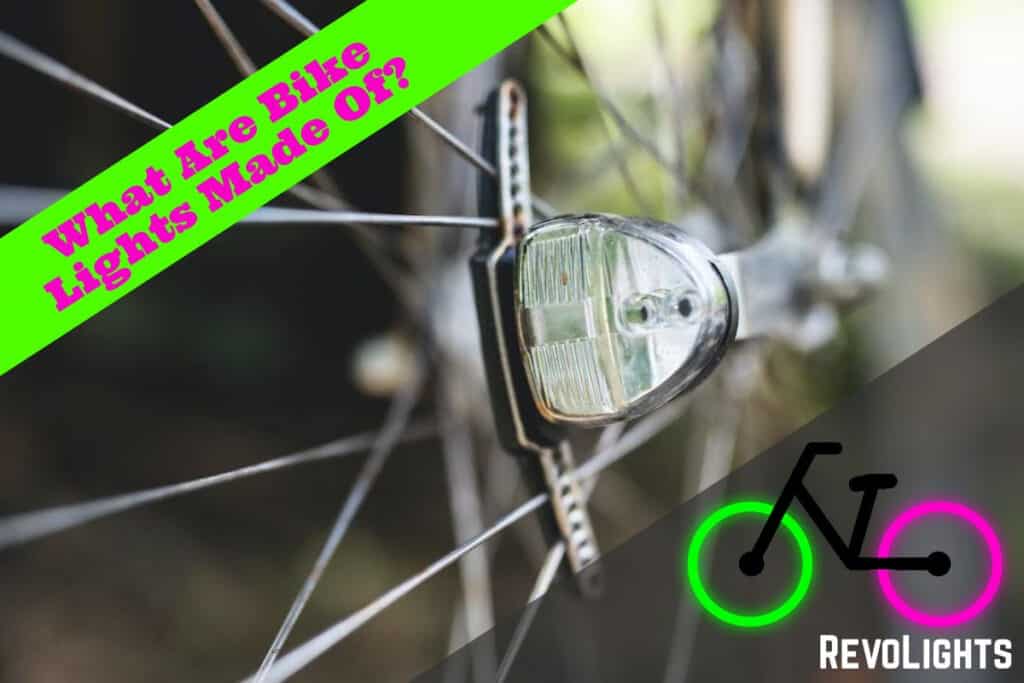Ever found yourself pedaling home in the dark, only to have your bike light flicker and fade at the worst possible moment? I’ve been there, and it’s not just frustrating—it’s downright unsafe. Understanding how long your bike light should last isn’t just about convenience; it’s about staying visible and protected on the road.

Battery life can feel like a mystery, with so many factors influencing how long your light actually lasts. From brightness settings to weather conditions, there’s more to it than just the number on the box. Let’s break it down and figure out what you really need to know to keep your rides well-lit and worry-free.
Understanding Battery Life in Bike Lights
Battery life in bike lights depends on several key factors that I’ve learned through years of riding and tinkering with different setups. It’s not just about how long the light stays on—it’s about ensuring consistent brightness and reliability throughout your ride.
Factors Affecting Battery Duration
- Brightness Levels: Higher brightness settings consume more power. For instance, a 1000-lumen bike light might last 1.5–2 hours on high mode but could stretch up to 10 hours on low mode. I often recommend adjusting brightness depending on your surroundings to balance visibility and battery conservation.
- Battery Type and Capacity: Rechargeable lithium-ion batteries generally offer longer runtimes compared to disposable ones. A 5000mAh battery can power standard lights for several hours, but capacity diminishes over time due to repeated charge cycles.
- Lighting Features: Additional features like strobe or flash modes typically use less power than steady beams, extending battery life in specific situations. When I ride on lit city streets, I use flashing modes to make my battery last longer.
- Extreme Temperatures: Cold weather drains batteries faster, especially if they’re not designed for cold resistance. During winter rides, I keep spare batteries in an insulated pocket to prevent issues.
Measuring Battery Performance
Manufacturers often list battery runtimes based on ideal conditions, so real-world usage varies. To gauge how long a light will actually last, I test it during my rides at different brightness levels and factor in the conditions. If your bike light dims unexpectedly, it might be time for battery replacement or recalibration.
Understanding these aspects empowers riders to choose and manage their lights effectively for safer rides.
Factors That Influence Bike Light Battery Life
Battery life depends on multiple factors, and understanding these helps me maximize efficiency during rides. From the type of battery powering the light to how bright it runs, each aspect plays a role in determining performance.
Battery Type and Capacity
The type and capacity of a battery directly impact a bike light’s runtime. Rechargeable lithium-ion batteries, which I often recommend for modern lights, generally provide longer runtimes and consistent power output compared to alkaline options. For example, a 2500mAh lithium-ion battery lasts longer than a similar alkaline pack, especially in high-drain modes. Capacity also matters—higher milliamp-hour (mAh) ratings translate to extended runtime. When choosing a battery, checking both type and capacity ensures reliable performance.
Light Brightness and Modes
Brightness levels affect how quickly a battery drains. Running a light at full brightness, often 1000 lumens or more in premium models, depletes power faster than using lower settings like 300 lumens. Many lights offer multiple modes, such as steady, flash, or eco. I often toggle between modes to adjust for my environment—steady modes consume more energy, while flash settings conserve it. Eco modes are great for extending runtime during longer rides when maximum brightness isn’t required.
Weather and Environmental Conditions
Extreme weather impacts battery efficiency. Cold temperatures, below 32°F (0°C), reduce battery performance significantly, while high heat can shorten overall lifespan. I’ve noticed lithium-ion batteries handle cooler weather better than alkaline or nickel-metal hydride (NiMH) options. Rain or humidity, common during certain seasons, might also affect electrical connections if a bike light lacks water-resistant housing. Testing your light in the environment where it’s used can help ensure optimal functioning, regardless of the conditions.
Estimating How Long Your Bike Light Should Last
Determining how long a bike light lasts starts with understanding both manufacturer claims and real-world performance. By combining these insights, riders can plan their trips with confidence.
Manufacturer Specifications
Manufacturers provide runtime estimates based on specific test conditions. These often include optimal temperatures, fully charged batteries, and consistent light settings (e.g., low or medium brightness). For example, a light rated for 4 hours on high beam might last up to 12 hours on eco mode. These figures rely on controlled environments, so actual performance may vary.
When comparing lights, I recommend looking at battery capacity, measured in milliamp-hours (mAh). Lithium-ion batteries with higher mAh ratings typically support longer runtimes. It’s worth noting that additional features like smart sensors or daytime strobe lights can alter performance even under the same mAh rating.
Real-World Usage Insights
In real-world conditions, variables like temperature, user settings, and ride duration significantly impact battery life. During winter rides, I’ve noticed runtimes drop by around 20–30% as cold temperatures can impair battery efficiency. Conversely, using higher brightness levels or frequent flashing modes drains energy faster, especially on long uphill climbs where consistent illumination is essential.
Testing your light on a typical ride can reveal realistic performance. I often switch my settings between steady and eco modes, finding a balance between visibility and conservation. Understanding your specific conditions, such as evening commutes or all-night adventures, helps adjust accordingly.
Tips to Extend Your Bike Light’s Battery Life
Knowing how to make the most of your bike light’s battery can save time, money, and frustration. I’ve learned through years of riding and tinkering that small adjustments can make a big difference.
Optimize Brightness Settings
« LED vs. Halogen: Which is Better for Bicycle Lights? Pros, Cons, and Expert Buying Tips
Smart Bike Lights: Features to Look for in 2025 That Will Transform Your Night Rides »
Lower brightness levels help conserve battery life. Using medium or low settings during daytime rides or in well-lit urban areas reduces power draw. Reserve the highest brightness for poorly lit trails or nighttime commutes. Flashing or strobe modes often use less energy than steady modes, making them a great choice for improving visibility while extending runtime.
Experiment with different settings in your typical riding conditions. For my own rides, I balance visibility and battery life by considering the surrounding light and traffic.
Charge and Store Properly
Proper charging habits help maintain battery efficiency. Stick to the charger recommended by the manufacturer to avoid damage. Overcharging can shorten lifespan, so unplug the light once it’s fully charged. I’ve found that charging after every few uses prevents running out of power mid-ride.
Store the bike light in a cool, dry place when not in use. Extreme heat or cold damages battery cells over time. If you’re storing your light for an extended period, aim to keep the battery partially charged (around 50–70%) to preserve its capacity. Following these steps has kept my lights reliable for years.
Best Practices When Choosing a Bike Light
Selecting a bike light goes beyond picking one with the brightest beam. I focus on features that align with my riding style, ensuring safety and efficiency during every ride.
- Evaluate Battery Type and Capacity
Rechargeable lithium-ion batteries are my go-to for their longer runtimes compared to alkaline options. When looking at battery capacity, I check the milliamp-hour (mAh) rating—higher values mean extended usage, a game-changer for long night rides.
- Assess Brightness Needs
For urban rides, I choose moderate lumen levels (around 200–500 lumens), as streets are often lit. For trails, I prefer higher lumens, typically 800 or more, for maximum visibility. I avoid excessive brightness for short commutes to conserve battery life.
- Prioritize Beam Patterns
A wide, evenly distributed beam works well in urban environments, while a focused beam is better for off-road situations. I always test beams to match my riding routes before committing to a light.
- Inspect Light Modes
Lights with multiple modes, like steady, flashing, and eco, provide flexibility. I rely on eco mode for extended rides and flashing for daytime visibility. These options also help conserve battery life, making them essential for most users.
- Check Durability and Weather Resistance
Water and dust-resistant ratings (e.g., IP65 or IP67) ensure a durable light for all-weather cycling. I prefer lights with these certifications, especially for unpredictable weather conditions or muddy trail rides.
- List Mounting Options
The mount should keep the light secure while riding. I look for adjustable, tool-free mounts for easy installation. For added stability, a solid rubber or silicone strap is a reliable choice.
- Consider Weight and Size
A compact, lightweight light sits better on the handlebar without compromising visibility. I balance size and functionality, factoring in battery weight if long rides or off-road conditions are part of my plan.
By combining these features, I ensure my light performs reliably, regardless of the conditions or type of ride.
Conclusion
Understanding your bike light’s battery life isn’t just about convenience—it’s about staying safe and visible on every ride. By paying attention to factors like brightness settings, battery type, and weather conditions, you can make informed choices that keep your light performing when you need it most.
Testing your lights in real-world conditions and adopting smart habits like proper charging and storage can go a long way in maximizing battery life. With the right light and thoughtful practices, you’ll be ready for any adventure, day or night. Ride safe and shine bright!




